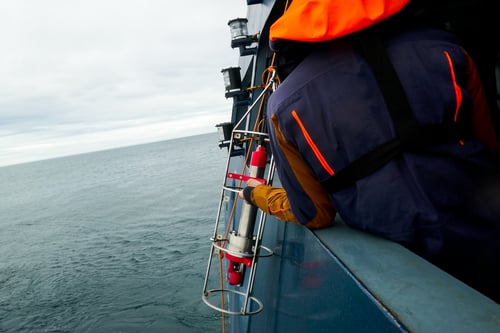Picking the right CTD may be tougher than you think. Getting it right is critical.
Do I need fast sampling? What does the depth rating really mean? Can I get additional sensors? We'll walk you through common requirements for specific applications and what CTD options are best for each one.
-
Explore what CTDs are best suited to your deployment scenario
-
Discover how to integrate additional sensors
-
See what additional considerations need to be included in your decision-making process
BONUS: Access the recording now to receive a handy CTD selection sheet. Don't miss out!

Who should watch the recording?
Curious what features and design elements make a CTD suitable for certain applications? Do you have questions about your specific application and need practical advice? Perhaps you're simply interested in learning more about CTDs. In any case, this webinar is for you.
Meet your presenter
Candace Smith, RBR product marketing manager
As a former technical sales manager at RBR, Candace has spent years working directly with customers to understand their research goals and determine instrumentation solutions that best meet their needs. She joined RBR in 2018, after completing a bachelor’s degree in applied mathematics and a master’s degree in physical oceanography.
Want to learn more about RBR instruments?
Since 1973, RBR has created instruments to measure the blue planet. From the ocean abyss to the polar ice caps, our sensors track water parameters - temperature, depth, salinity, dissolved gases, pH, and many others. Click the button below to browse our extensive line of oceanographic instruments.


